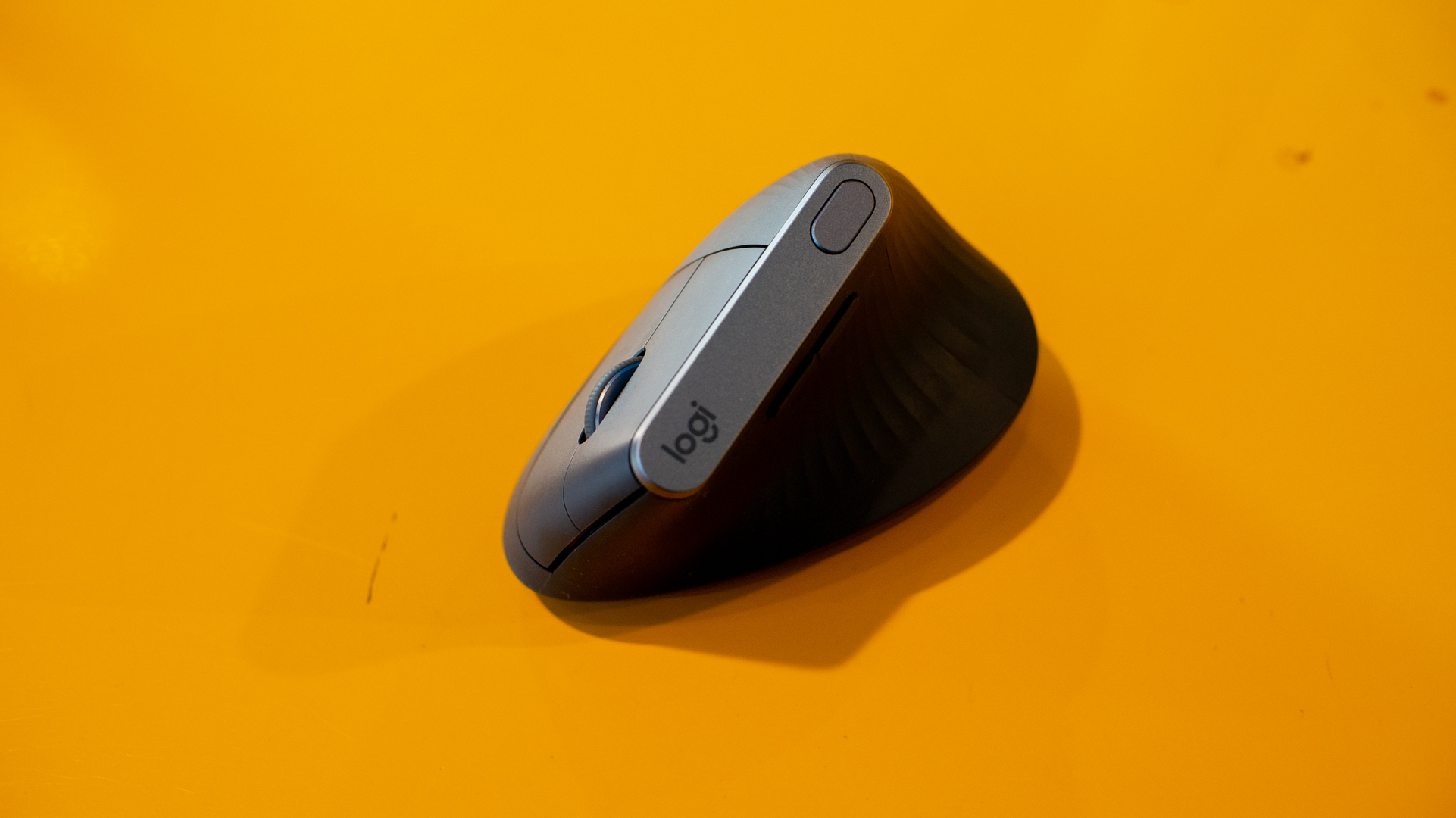TechRadar Verdict
It takes some time to get past the odd design, high price-point and quirks of a vertical mouse, but the MX Vertical is a comfortable, smooth-performing mouse.
Pros
- +
Comfortable design
- +
Multiple connection options
- +
Built-in, four-month battery
Cons
- -
High price
- -
No slot for wireless receiver
- -
Requires a firm grip
- -
Bulky shape
Why you can trust TechRadar
Logitech has pretty solidly positioned itself as the best mouse maker, with a variety of devices ranking above the competition. The MX Vertical is another shot at the top, except with an extra emphasis put on ergonomics. How it achieves this is all in the name.
The MX Vertical blends verticality, versatility and comfort to create a mouse designed for productivity. But, it has a few quirks that make it trickier to use than a normal mouse and a design that makes it far less portable.
Price and availability
At $99 or £92 (about AU$135) the MX Vertical doesn’t come cheap, especially when considering how many computer mice can be had for less than a third that price. The $99 (£99, AU$149) Logitech MX Master 2S scored top marks in our review, and it’s easy enough to find at a discount well below that price. We’re also fans of the MX Anywhere 2, which has been followed up by the $79 (£79, AU$99) MX Anywhere 2S.
So, even among Logitech’s own offerings, the MX Vertical has to prove itself. And, while it’s offering unique ergonomics that the others aren’t, the actual experience of using this mouse holds it back just enough to keep it trailing behind its siblings.
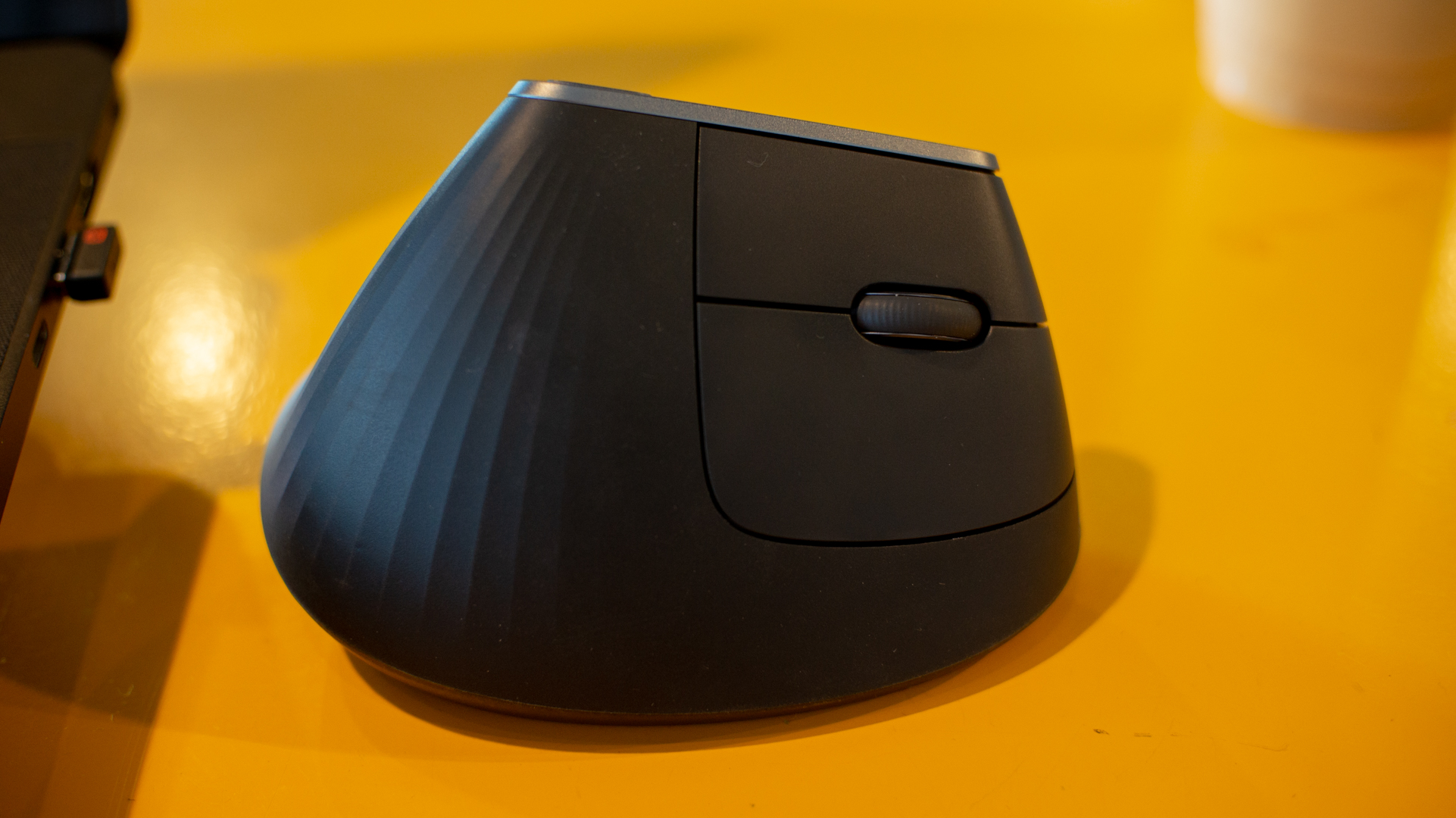
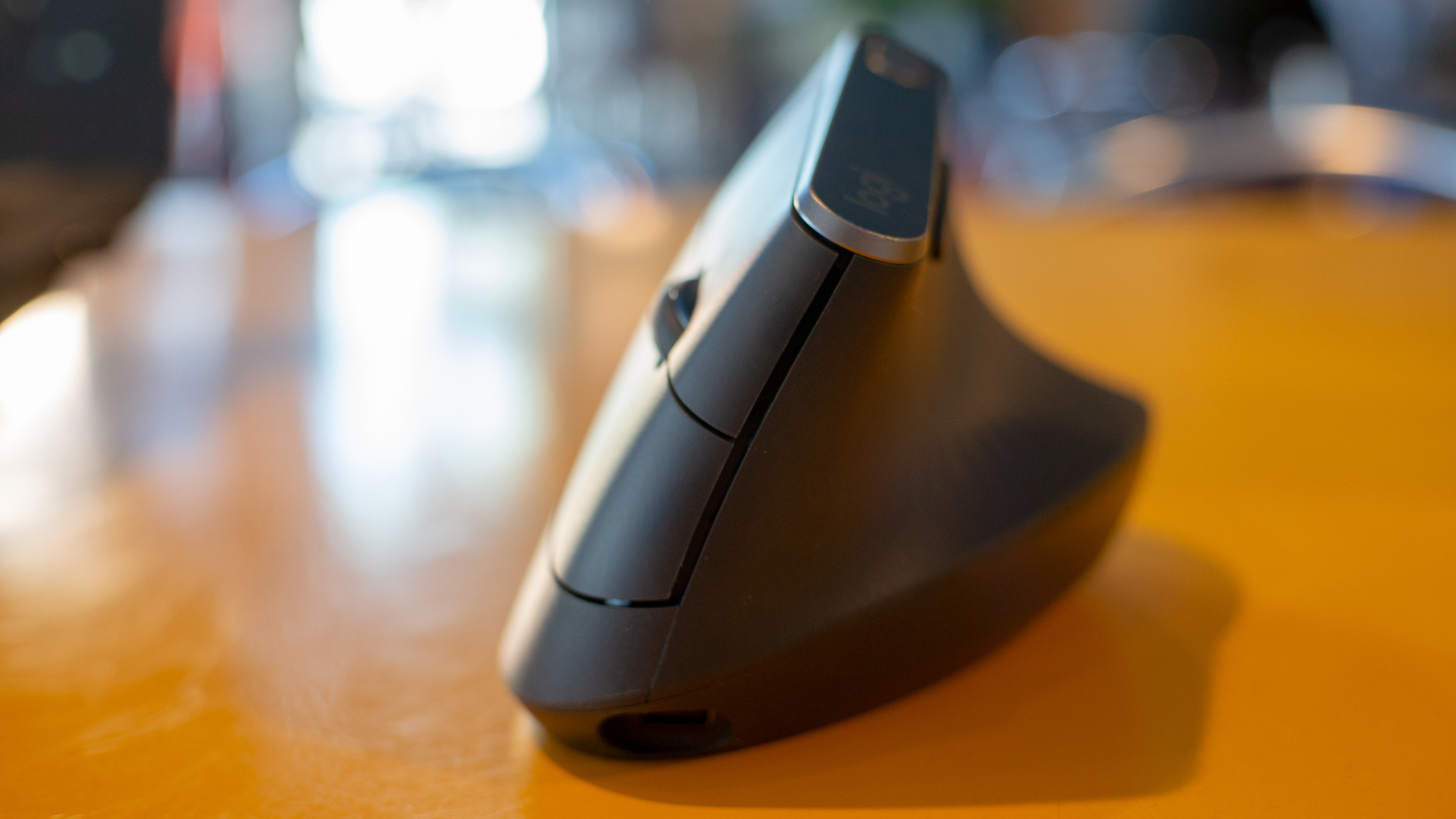
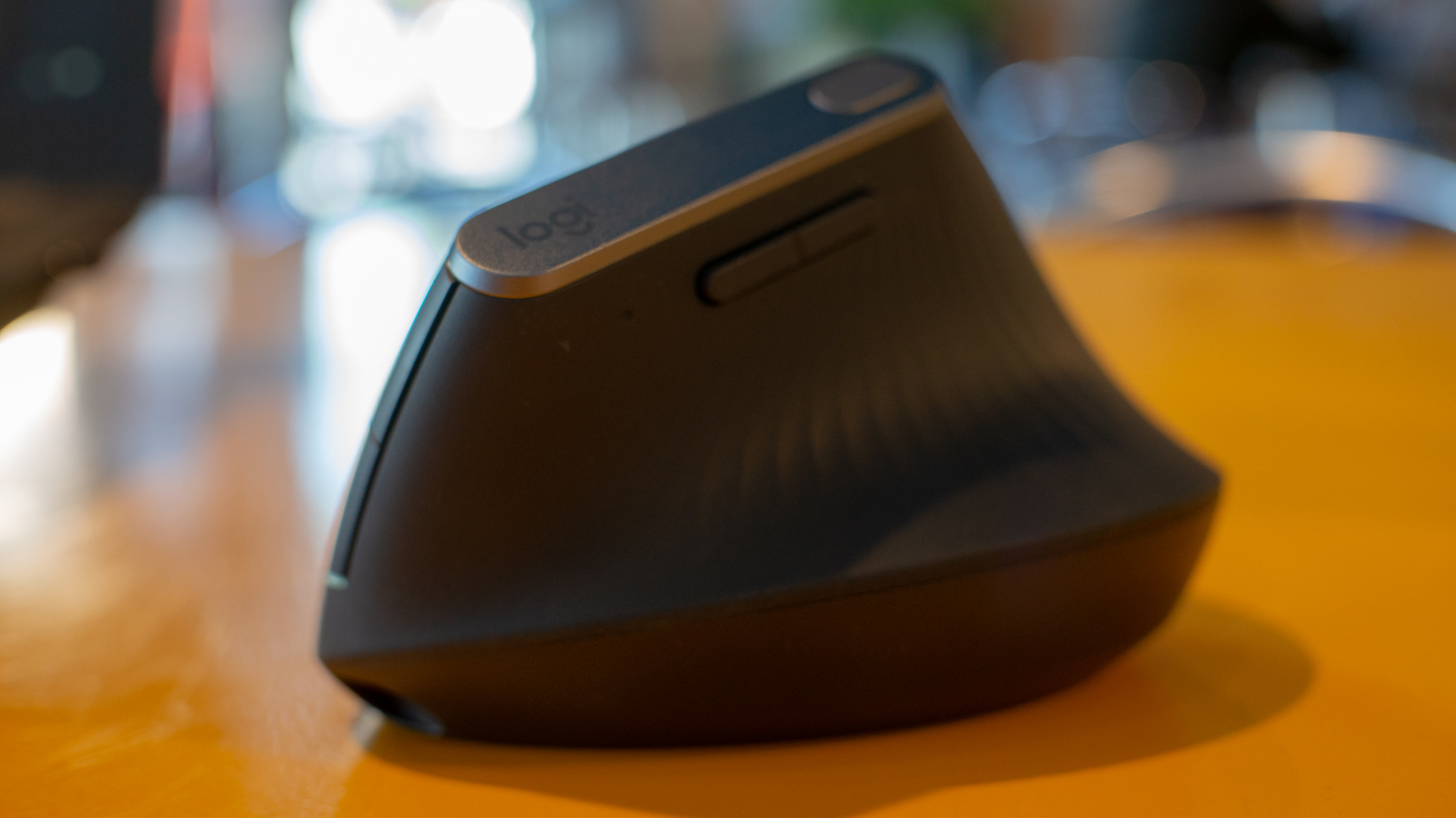

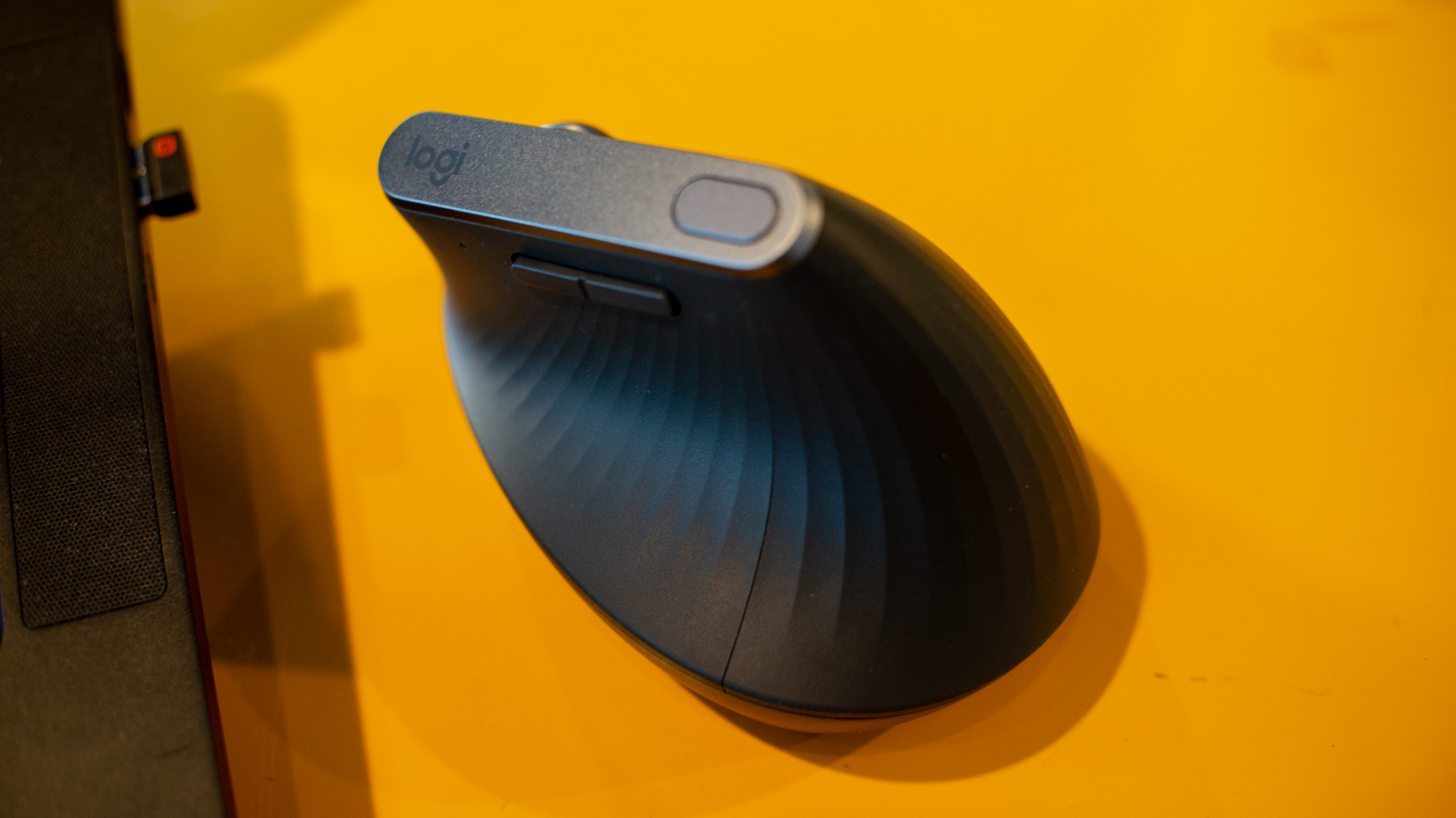

Design
The MX Vertical has a design akin to a cresting wave, with a slow convex curve on the palm side and a more exponential curve on the thumb side. While plenty of mice have these curves, the MX Vertical has them predictably vertical. A somewhat chunky base gives it the look of a chocolate chip from the front and back, while it’s more trapezoidal in profile.
All those shapes might not sound very ergonomic, but they combine into a mouse that feels incredibly natural to hold. Not familiar, as far as traditional mice go, but Logitech has gone for a natural handshake grip, so you don’t have to pronate your hand very far to hold it.
If you do something like rock climbing (we do) that results in lots of tension in your forearms, the difference between holding the MX Vertical and a regular mouse will be readily apparent. We find it comfortable to hold, and our arm feels relaxed the whole time we use it, with no extra tension in our forearm.
For the price, the materials seem simple. It’s made with hard plastic on the base and a ribbed, rubberized material for the thumb and palm. The ribbing looks odd at first glance, but is also oddly soothing.

There are two thumb buttons on the left side, two split mouse buttons on the right where your ring and other fingers naturally sit, and a nicely rubberized and notched scroll wheel. The mouse is topped with a metallic plate (though maybe still plastic), which also features a DPI switch button.
At the front of the mouse, there’s a USB-C port for charging the built-in battery or for using the mouse via wired connection. The included USB-C cable is stiffer and more grippy than we’d like from a mouse cable though.
Thankfully, the MX Vertical is primarily a wireless mouse, with support for Bluetooth and connection using a Logitech Unifying Receiver. A button on the bottom allows for quick switching between three different wireless connections. While many Logitech peripherals have a slot to stow the receiver when not in use, the MX Vertical annoyingly does not despite its bulky size being easily able to accommodate space for it.
The MX Vertical takes some getting used to. It’s not immediately apparent that the MX Vertical is supposed to be angled slightly to the left, so the thumb and fingers aren’t lined up parallel with the arm. But, after the hurdle in non-intuitive design, we only find the large, travel-unfriendly shape and lack of the receiver slot to be detractors in its design.
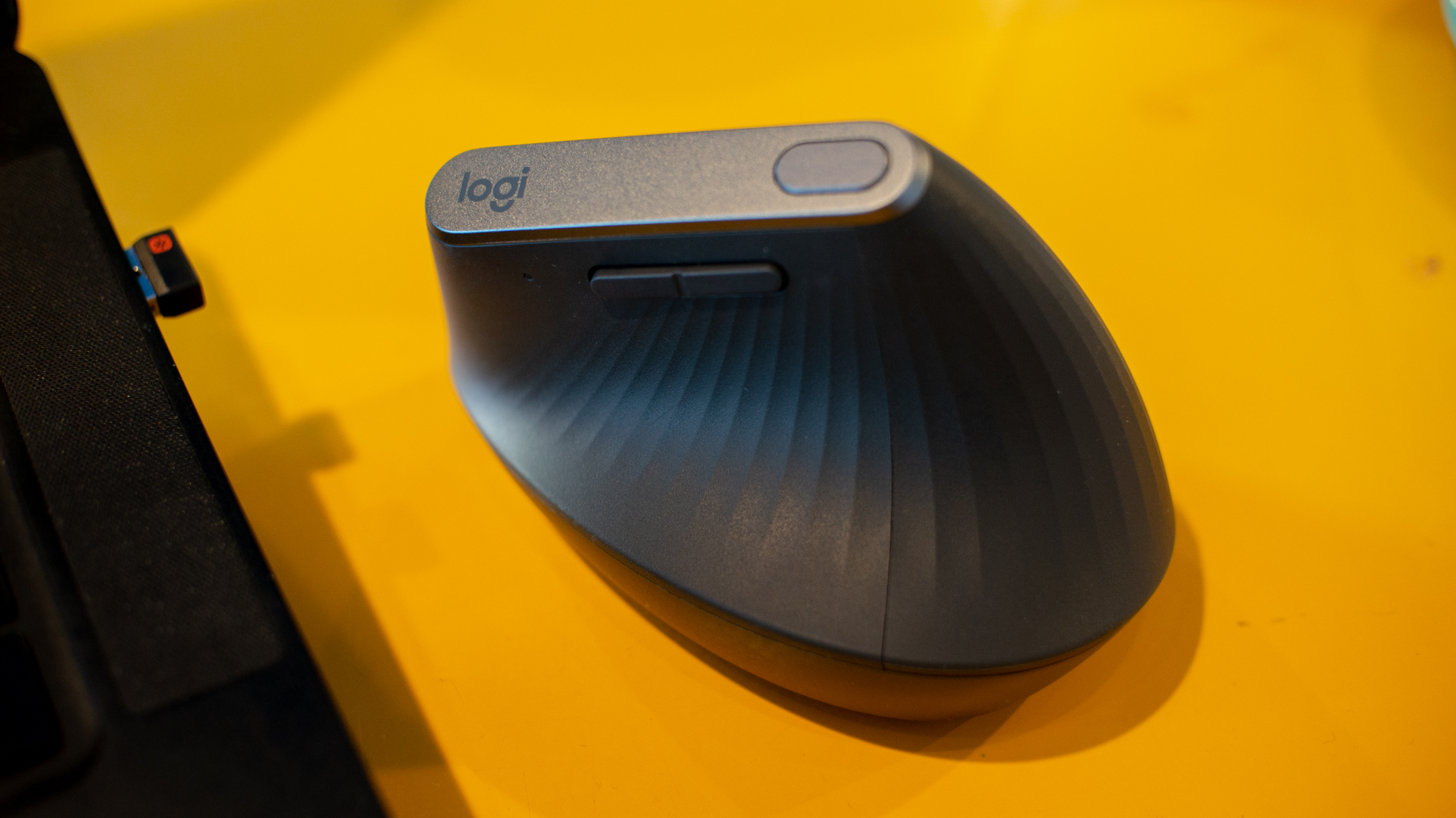
Performance
The MX Vertical isn’t boasting any crazy specs that you’d expect from a gaming mouse, but for productivity, the sensor feels accurate enough. With a DPI range from 400 to 4,000DPI, you should be able to find a setting that works for you, regardless of whether you’re using a 720p monitor or 4K.
While we initially struggled with holding the mouse in the right position, one physical performance issue held through our testing. Since the mouse buttons are on the sides, pressing them involves sideways force. A typical mouse has a desk underneath it to soak up the force of a button press, but the MX Vertical only has a thumb to resist that force. If we keep a light grip on the MX Vertical, we find that pressing buttons results in a slight flick of the cursor. This is especially true for the middle mouse button, which requires a heavier press.
For gaming with high accuracy, this makes it a poor choice. Even while working, that slight cursor flick can result in clicking the wrong part of the screen or not selecting a whole line of text. It’s easy enough to resolve with a tighter grip, but that negates the whole point of this vertical mouse designed to take the strain off your arm. If you have a light grip (perhaps using your fingertips and leaving your palm off entirely) then this might be a bad choice. For everyone who has a firm grip, the outlook is much better.
Performance of the wireless connection using the Unifying Receiver is phenomenal. We experience no interruptions or latency, and it seems to have a decently high polling rate.
Switching between connectivity types is also quick. We set it up to connect to our PC via the receiver and Bluetooth, then plugged it in via USB. USB overrides wireless connections, but when unplugged, the unifying receiver connection can kick in instantaneously. We tried unplugging the mouse while moving it, and it continued moving smoothly the whole time.
Switching to Bluetooth on our PC is a bit slower, but that may the laptops fault, as our phone recognizes the Bluetooth input much quicker. Bluetooth feels noticeably worse than the receiver’s connection, as it seems like the polling rate is lower, for cursor movement that isn’t as smooth.

Final verdict
If you’re using a mouse a lot for work and experiencing pain in your hand, arm, or wrist, the MX Vertical may make for a more comfortable changeup. We feel more relaxed in the arm using it, except for when we have to grip harder to stop the cursor from moving while clicking. As far as we’re concerned, this is a top-notch ergonomic mouse.
But, its bulk won’t make it the best option for workers who are often on the move. And its price and unwieldy clicking don’t help it compete with more precise mice. Gamers, especially, can rule this one right out.
While we’re critical of a few aspects that limit the audience for the MX Vertical, it successfully fulfills a niche need while still being a reliable mouse. If you’re convinced the ergonomic design is worth the bulk and clicking issues, Anker has a substantially cheaper vertical mouse that may be worth experimenting on before opening your wallet even wider for the MX Vertical.
Over the last several years, Mark has been tasked as a writer, an editor, and a manager, interacting with published content from all angles. He is intimately familiar with the editorial process from the inception of an article idea, through the iterative process, past publishing, and down the road into performance analysis.
